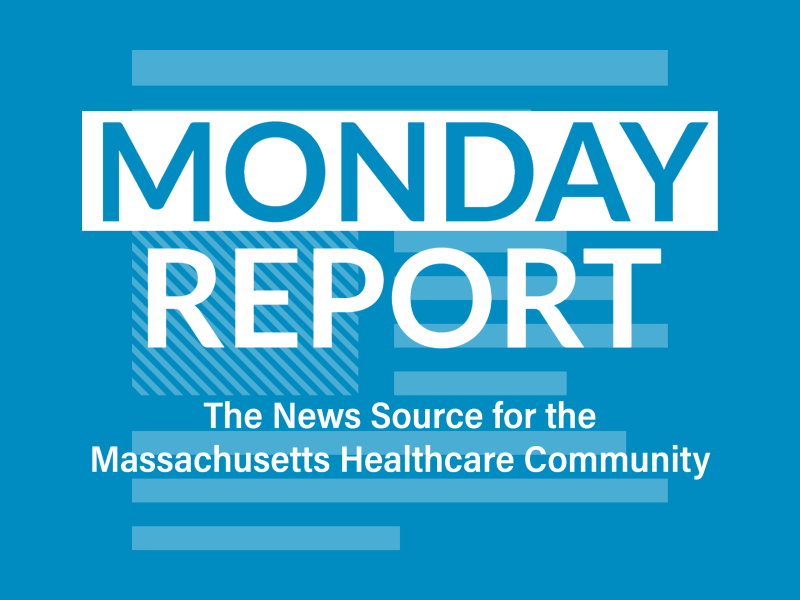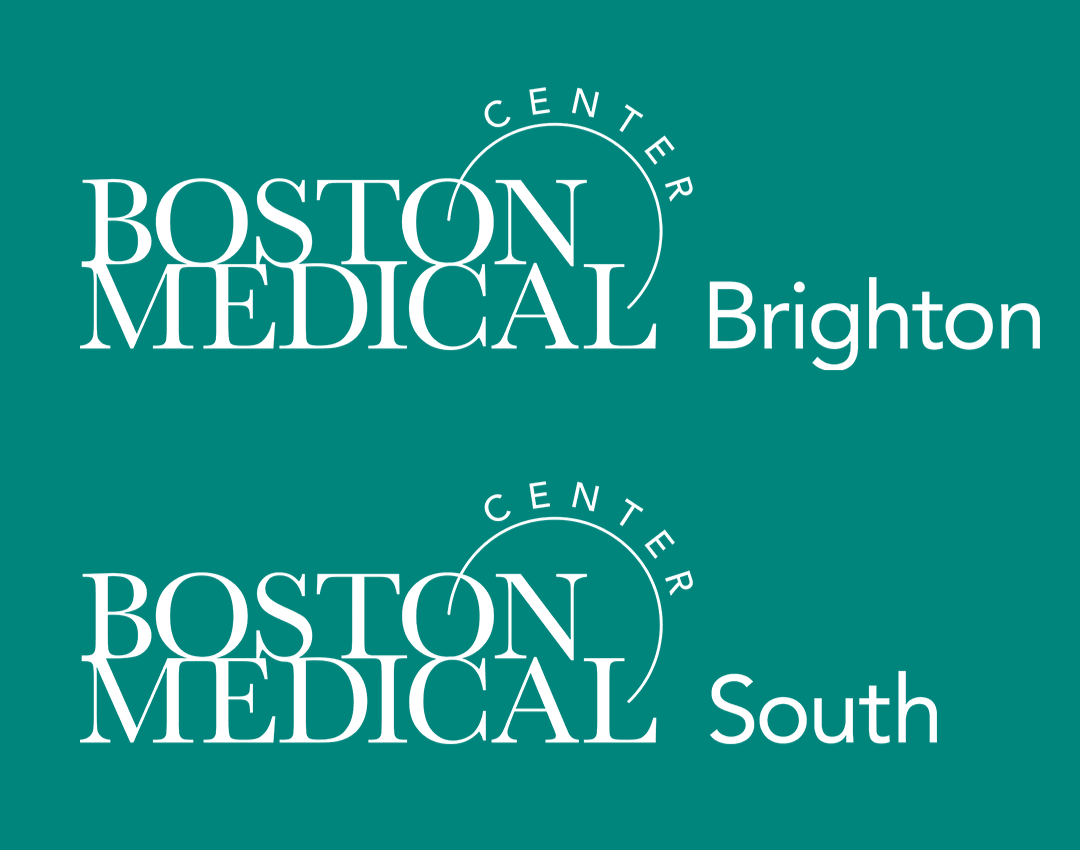Saving the HSN, GIC Funding

INSIDE THE ISSUE
> Rescuing the Safety Net
> The Cost of Caring
> New Names for St. E’s and Good Sam
> GIC Funding
> Transition
MONDAY REPORT
Massachusetts House Passes Budget, Stabilizes Safety Net
The Massachusetts House, by a vote of 151-6, last Wednesday passed its FY2026 state budget proposal – a $61.5 billion plan that is approximately $500 million less than Governor Healey proposed in her budget released in January.
Of greatest importance to the hospital and healthcare community, the budget transfers $230 million from the Commonwealth Care Trust Fund to the Health Safety Net Trust Fund. The Health Safety Net program, which supports care provided to low-income, uninsured, and underinsured patients at hospitals and community health centers, last year faced a funding shortfall of $198 million, is expected to be in arrears in FY2025 by $230-plus million, and will face a projected deficit of more than $260 million in FY2026.
While hospitals and health insurers each pay $165 million into the fund annually, hospitals alone are responsible for covering the shortfalls. The regular $200-plus million Health Safety Net deficits are financially destabilizing hospitals and their ability to service patients in need – a fact that legislative leaders have recognized and now have helped resolve through the funding transfer.
“Without funding relief, safety net hospitals will face unsustainable reductions in financial support for care for the low-income, uninsured or under-insured patients,” Rep. John Lawn (D-Watertown), who drafted the amendment, was quoted as saying in the State House News Service.
“MHA and our members are tremendously grateful for the Health Safety Net investment included in the House budget,” said MHA President and CEO Steve Walsh. “Our state’s safety net is quickly fraying, with hospitals struggling to fill the gap amid their own financial crisis. This funding is an absolutely essential lifeline for patients and the viability of their hospitals.”
By making the transfer of funds from the Commonwealth Care Trust Fund (CCTF), the adopted amendment supports at-risk patients, as well as the hospitals that serve them, by using existing funds whose purpose is explicitly targeted for such uses. That is, the law that created the CCTF states that “money from the fund may be transferred to the Health Safety Net Trust Fund or any successor fund, as necessary to provide payments to acute hospitals and community health centers for reimbursable health services.”
The CCTF held more than $400 million at the end of FY2023, more than $500 million at the end of FY2024, and currently maintains a balance of more than $377 million in FY2025—with additional revenues expected before the end of the fiscal year.
The State Senate could release its budget proposal as early as this week; a compromise House-Senate budget will then be sent to Governor Healey at some point before the close of the current fiscal year on June 30. This year’s state budget cycle is especially difficult given the future uncertainties of federal healthcare funding, but the HSN shortfall is posing real consequences for patients and hospitals today. As the Senate has traditionally been a strong advocate for safety net care in challenged communities, the hospital sector is optimistic the Senate budget proposal will reaffirm the commonwealth’s commitment to Massachusetts healthcare by including this needed HSN shortfall relief.
AHA Report Mirrors MHA’s Concerns
The perilous state of Massachusetts hospitals and health systems – from their thin or non-existent operating margins to workforce shortages and capacity constraints – are well known as evidenced by the important move this week in the Massachusetts House to insert funding into the Health Safety Net fund that is facing record shortfalls (see story above).
Now a new study from the American Hospital Association (AHA) shows that the problems facing Massachusetts hospitals are not unique to the state and that the financial pressures the healthcare sector faces are likely to worsen due to the recently announced increase in tariffs.
AHA’s The Cost of Caring: Challenges Facing America’s Hospitals in 2025 explores the rising cost of labor, which the AHA estimates accounts for 56% of hospital costs. (In Massachusetts, a high-wage state, the percentage of hospital costs attributable to wages and salaries exceeds 60%.) The AHA report also confirms that Medicare and Medicaid reimbursement – a major component of hospital finances – are not keeping up with the cost of caring.
“Despite escalating expenses, Medicare reimbursement continues to lag behind inflation — covering just 83 cents for every dollar spent by hospitals in 2023, resulting in over $100 billion in underpayments, according to AHA analysis of AHA Annual Survey data,” the report notes. “From 2022 to 2024, general inflation rose by 14.1%, while Medicare net inpatient payment rates increased by only 5.1% — amounting to an effective payment cut over the past three years.”
While the AHA report mirrors problems that MHA and its members have stressed in recent years, it delves deeper into growing negative effects of Medicare Advantage on hospital finances, and how the recently announced dramatic increase in tariffs will impact hospitals.
“Medicare Advantage (MA) plans have long relied on extended observation stays to avoid admitting patients as inpatients — a strategy that helps plans reduce costs but shifts financial burden onto hospitals,” according to the report, noting that the trend is rising. Insurers reimburse hospitals less for observation stays than for inpatient stays. Patients under Medicare Advantage plans also have longer length of stays than patients in traditional Medicare often due to “prior authorization requirements or insufficient post-acute provider networks within MA plans,” the AHA wrote.
The newest wrinkles in the hospital-destabilization story are the recent changes in U.S. trade policy – new tariffs on medical devices and supplies and the announcement that pharmaceuticals would likely not be spared from future tariffs.
The AHA notes that nearly 70% of medical devices marketed in the U.S. are “manufactured exclusively overseas.” The majority of personal protective equipment is produced overseas, with China being “the source for one-third of disposable face masks, two-thirds of non-disposable face masks, and 94% of the plastic gloves used in healthcare settings.”
The “key starter ingredients” for many pharmaceuticals also come from overseas. “According to a 2023 Department of Health and Human Services estimate, over 90% of generic sterile injectable drugs — such as certain chemotherapy treatments and antibiotics — depend on key starter materials from either India or China,” the AHA wrote, adding, “Even temporary disruptions in access to medication and supplies can impact care and increase the risk of patient harm.”
To address the problems, the AHA said policy makers must:
- “Recognize that rising expenses reflect real pressures, such as labor shortages and increasing demand — not inefficiency.
- Acknowledge Medicare and MA payment policies must be updated to reflect the actual cost of care.
- Address structural drivers of cost, such as care delays and excessive administrative burdens, instead of simply cutting payments.”
Boston Medical Center Renames Former Steward Hospitals

They’re no longer St. Elizabeth’s Medical Center or Good Samaritan Medical Center.
Those two hospitals, in Brighton and Brockton, respectively, which were formerly owned by the now-bankrupt Steward Health Care and purchased by Boston Medical Center Health system have new names reflecting their new owner – Boston Medical Center – Brighton and Boston Medical Center – South.
In everyday usage, the facilities will most likely be referred to as their parent company calls them– that is, BMC Brighton and BMC South.
When Steward collapsed, BMC stepped in to purchase the two hospitals. Lawrence General Hospital took over control of Steward’s Holy Family Hospitals in Haverhill and Methuen, and Rhode Island-based Brown University Health acquired Steward’s Morton Hospital in Taunton and Saint Anne’s Hospital in Fall River.
So far, only BMC has changed the names of the hospitals it purchased.
GIC is Running Out of Money
The Group Insurance Commission (GIC), which covers 460,000 people, has asserted it will run out of money this month unless it gets supplemental funding from the legislature.
The quasi-independent state agency governed by a 17-member commission appointed by the governor is expending about $20 million monthly over and above what had been projected and budgeted. According to the GIC, one of the main contributors to the deficit is rising pharmaceutical costs – especially for GLP-1 weight-reduction drugs.
GIC Executive Director Matthew Veno told commissioners at the April 17 GIC board meeting that the GIC only has funds to pay claims through May 12.
In the supplemental budget she filed last month, Governor Healey devotes a $240 million transfer from the General Fund for GIC premium and plan costs.
Veno said, “We want to avoid disruption to our members, the health plans, and providers who rely on the prompt payment of claims,” adding that he has been meeting with the plans to discuss how to manage any disruptions, if needed.
The cost of the GLP-1 drugs has been a growing concern for the healthcare sector. While the injectable drugs can help reduce obesity and thereby improve the overall health of people, the drugs themselves (Ozempic, Wegovy, etc.) are very expensive, costing $1,000 or more per month. Blue Cross Blue Shield of Massachusetts announced recently that beginning next year it would no longer cover the costs of GLP-1s when used for weight loss. (The drugs are also used to cover type 2 diabetes; Blue Cross will continue coverage of the drugs when used for diabetes treatment.)
Transition
Adam Scott is the new president and CEO of Hebrew SeniorLife, effective in June. He succeeds Louis Woolf, who is retiring. Scott most recently served at Point32Health, first as senior vice president of healthcare services and then as president of diversified businesses. Prior to that, he was senior vice president of healthcare services at Tufts Health Plan, which merged with Harvard Pilgrim Health Care to form Point32. Scott received an MBA from Northwestern University’s Kellogg School of Management and a Bachelor of Arts from Washington University in St. Louis.
Subscribe to Monday Report
Was this Monday Report forwarded to you? Would you like to subscribe, for free, and receive Monday Report each Monday at 6 a.m. by e-mail? Your own subscription ensures you won’t miss an issue and can keep up to date on the latest developments in the hospital/healthcare sector.
To sign you up we need to add you to our database. Send the following to communications@mhalink.org: your name, your job title (if applicable), employer, mailing address, phone number, and e-mail address. (MHA does not share or sell this information.)

 Massachusetts Health & Hospital Association
Massachusetts Health & Hospital Association